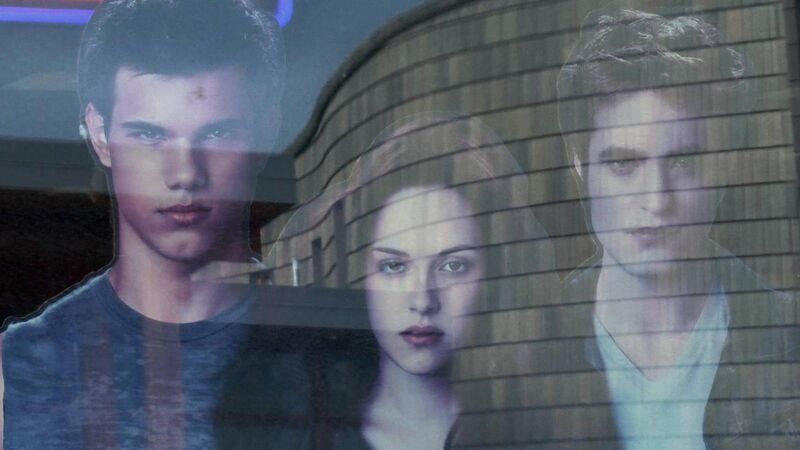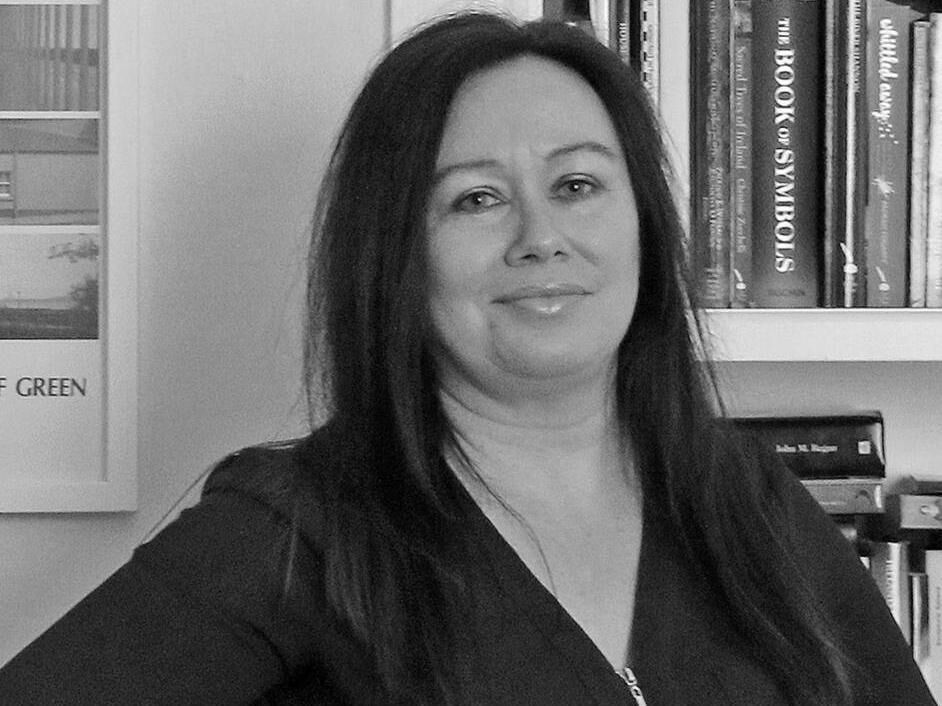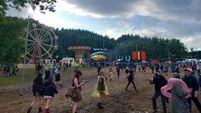Munster in 30 Artworks, No 20: Where Does The Law Stand With Leprechauns?

A still from Michele Horrigan's video, Where Does the Law Stand With Leprechauns?
Growing up in Askeaton, Co Limerick, the artist Michele Horrigan often heard of the “fairy hoax” inadvertently generated by her aunts when they were children.
“This is a story that was told at family gatherings, funerals or Granny’s cottage on a Sunday,” she says.
“Askeaton would be where my father is from, but my mother’s family were from Ballingarry, where there’s a hill called Knockfierna that has always been associated with the fairies.
“Back in 1938, my aunt was taking care of some of the younger kids. They dressed up as fairies, and went dancing outside. Some of the neighbours saw them, and even spoke with them. They had to have known who they were, as it’s such a small area.
"But it must have been silly season or something, because next thing it was reported all over the country, and in the London Times, that fairies had been seen in Ballingarry.”
The London Times report of September 6 described the fairies as being “two feet high with hard, hairy, earless human-like faces, and with very short fingers.”

Thousands arrived in Ballingarry from all over Ireland, hoping to catch a glimpse of the little fellows, and perhaps lay hand on their gold. The visitors had all to be catered for, which resulted in a minor, and very welcome, economic boom in Ballingarry.
But the parish priest was furious, railing from the pulpit: “Beware of false gods. Shame on you all!”
Having graduated from University of Ulster, Belfast and Stadelschule, Frankfurt, Horrigan returned to live in Askeaton. She founded and continues to curate the artists’ residency and exhibition project, Askeaton Contemporary Arts, and is the editor of the ACA Public book publishing initiative.
She has also established herself as an international artist, whose installations of videos, photography and text have often explored the subjects of industrial pollution and the environment.
In 2018, on being invited to show at the LAB Gallery in Dublin, she returned to her aunts’ “fairy hoax” as inspiration for the work in video that became known as Where Does The Law Stand With Leprechauns?
“Over the years, the story had fermented in my mind,” she says. “As an adult, and a working artist, I started thinking about the context. In the Ireland of the ‘30s, there were no TVs, and WB Yeats was writing about the Celtic Twilight.
"It was a post-colonial moment, when we were taking back our language and our culture. As a state, it was a matter of pride that we were reclaiming our stories and our folklore.
“Then I started thinking about Knockfierna itself, which is a really ancient site. Donn, the Celtic god of the underworld, was believed to live there.”
Horrigan was on a residency in Vancouver when her research took an unlikely turn.
“I met a curator there who mentioned she had taken her daughter to a place called Forks, in Washington State, which I’d never heard of. I discovered that the writer Stephenie Meyer, when she started writing the Twilight series, decided to set it in Forks because the vampires needed some place dark to live in, and Forks has the highest rainfall of any town in America.
“I went to visit the town myself in 2016. Twilight was kind of over at that stage, people had moved on to new series like The Hunger Games and Divergent. But there were still these relics of the series all over town."
Apparently, they were supposed to film the series in Forks, but tax breaks in Vancouver ensured it was made there instead.
"Still, Forks became a sort of Mecca for Twilight fans, and teenage girls especially. So there were all these cardboard cut-outs of the characters, the houses were named after them, and the hotel - hilariously — still had an LED sign saying, ‘Edward Cullen didn’t sleep here’. Obviously, Edward — being a vampire — didn’t sleep at all.”
Forks lived up to its reputation in other ways as well.
“It rained the entire time we were there,” says Horrigan. ”I mean, 24 hours a day. It was so sylvan and lush and damp, the kind of dampness that we should be familiar with here in Ireland. But this was a step beyond that again.”
Horrigan eventually incorporated images from her stay into Where Does The Law Stand With Leprechauns?, which highlights how both places — Forks and Knockfierna — have benefitted from their association with the supernatural.
She acknowledges that the title, Where Does The Law Stand With Leprechauns?, relates more to the ringforts where the little people are alleged to have lived than to the leprechauns themselves.

“There are not a whole lot of civil rights for leprechauns,” says Horrigan, “even though there are so many stories of them being robbed of their gold. But one of my friends, Sinéad Mercier had done her degree at the London School of Economics, and had written her thesis on the law relating to fairy-forts, which are protected to an extent, unless they’re in the way of a new motorway project, of course.
"I included her thesis in a book called The Men Who Eat Ringforts, which we published through ACA Public in 2020.”
Horrigan always had it in mind to invite the broadcaster and author Manchan Magan to narrate Where Does The Law Stand With Leprechauns?.
“I knew Manchan would have the ideal voice for it, partly because there are Irish words throughout, and he’s such an authority on the Irish language and the landscape. But also because I used some lines of WB Yeats’s, and Manchan does Yeats so well.”
Horrigan invited a number of other artists to show their work in her exhibition at the LAB, so Where Does The Law Stand With Leprechauns? was screened alongside Seánie Barron’s wooden sculptures, Joanie Carrig’s ceramics, Liz Ryan’s photographs and a music video by Steve Maher.
Horrigan is currently working on a new video artwork for her ongoing Stigma Damages project, based on her research into the aluminium processing plant in Askeaton. She is also working on a project for EVA International Biennal of Contemporary Art in Limerick.
“I’m developing a Monopoly board game, based on EVA’s archives. It’s early days yet, but I should have it done for when the festival returns next year.”
- michelehorrigan.com; askeatonarts.com







